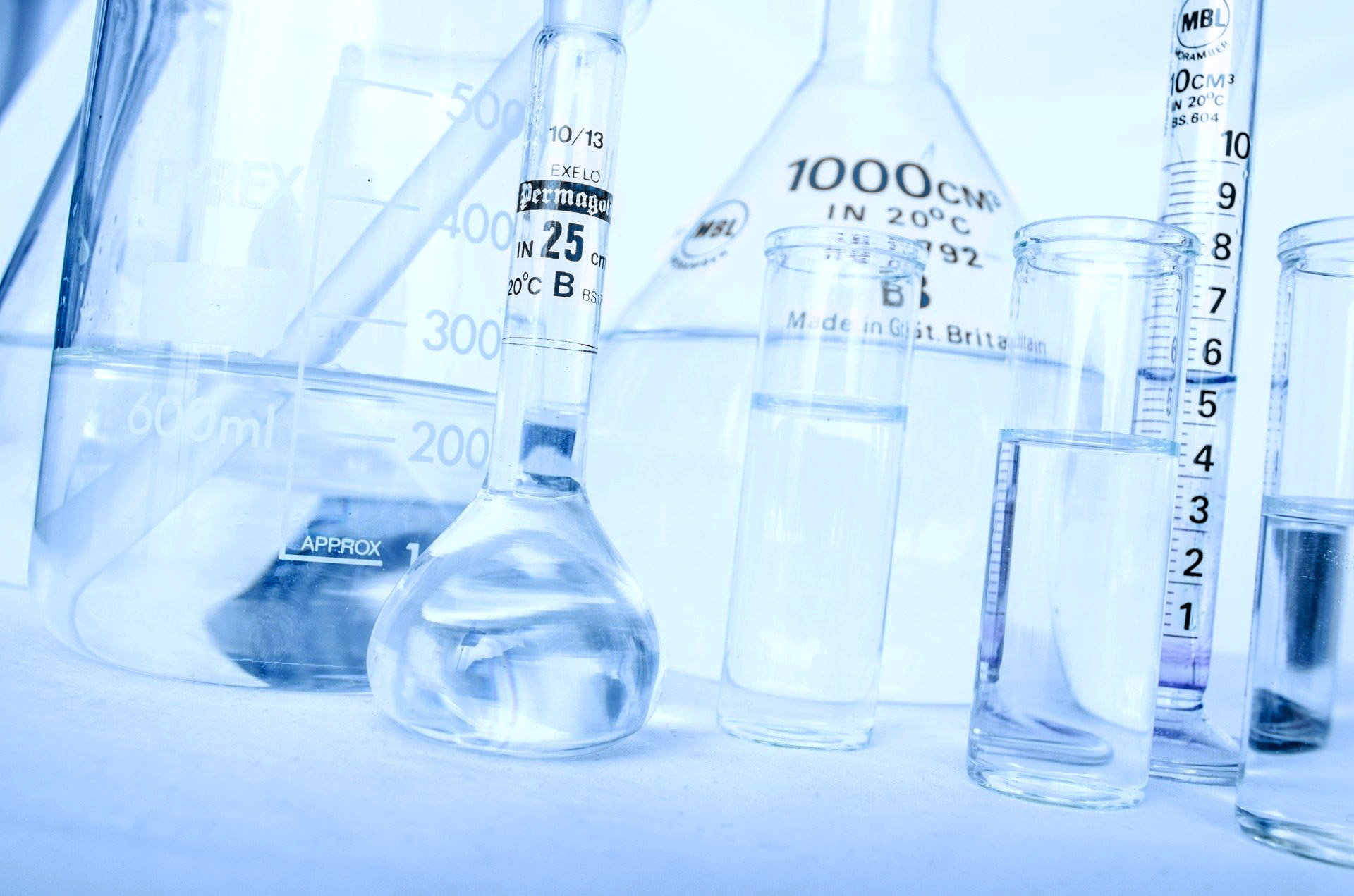Fuel
When putting diesel fuel back into service after a long period of storage in a tank, it is necessary to check the quality of the diesel fuel which may have changed during storage. The characteristics of the diesel that change over time, such as the amount of micro-organisms and compliance with customs, administrative and inter-union specifications for road and non-road diesel (RNG) regarding the amount of dissolved water and total particulate contamination of the fuel, should be checked.
- Enumeration of aerobic germs living in middle distillates.IP 385/19 filtration and culture method to determine if a biocidal treatment is required to reduce the level of contamination.
-The water content according to NF EN 12937 must be less than 200 mg/kg
-Total contamination standard: NF EN 12662 which must be less than 24 mg/kg
Clogging of a filter can result from the accumulation of micro-organisms but also from the accumulation of mineral (sand) or organic solid particles. The only solution to differentiate between these two types of pollution is microbiological analysis.
When engine problems occur: gelatinous build-up clogging the fuel system or seizing of the injection pump
OR
Preventing engine problems by using a MICROTEST P to detect the onset of contamination.
Generally, no, because petrol contains light fractions that are toxic to micro-organisms, unlike middle distillates (diesel, kerosene and domestic fuel oil), which are prone to microbial attack.
Disinfection
To be effective, a gel must contain at least 60% v/v alcohol or have been tested according to the NF EN 14476 which attests to its virucidal nature. In addition, it must be labelled as a "biocide" or "disinfectant". Only products that comply with biocide regulations guarantee the eradication of bacteria or viruses.
The composition should be as short as possible, ideally 4 ingredients. Three types of alcohol are preferred: ethanol, propranol and isopropranol.
A good hydro-alcoholic gel should not stick and should evaporate quickly.
In addition, homemade gels should be avoided because their dosage is often inaccurate.
According to the AFNOR standard, a disinfectant must reduce a bacterial inoculum by 5 logs, a fungal inoculum by 4 logs, a viral inoculum by 4 logs and a spore inoculum by 5 logs. Therefore, after disinfection, an object can still be a carrier of micro-organisms if the initial inoculum is high.
Cleaning involves using soap and water, or detergent, to remove impurities. This process can kill bacteria, but not completely.
The purpose of disinfection is to kill germs on a surface using chemicals. It is necessary to clean before disinfecting.
Avoid using sponges or soaking the cloth in the same bucket of dirty water. It is better to use several disposable or reusable cloths, which are soaked in disinfectant solution and then washed or thrown away after use.
It is best to avoid spraying the surface to be cleaned as this can cause respiratory irritation.
Yes, at least gloves must be worn. These are discarded from the disinfection, and the person must wash their hands with water. If they are reusable gloves, they must be marked with the person's name, washed after use and dried inside out.
Some products require additional equipment, please refer to the instructions. Our range requires work equipment and protective glasses.
Yes, it is better to clean the surfaces first, because even if they look clean to the naked eye, there may be microscopic dirt that would prevent the disinfectant from working.
Microbiology
In the hydrocarbon phase, the MICROTEST P to detect aerobic bacteria, fungi and yeasts present.
In the aqueous phase, the MICROTEST A for the detection of aerobic bacteria, fungi and yeasts and the MICROTEST SR for the detection of anaerobic sulfator-reducing bacteria
Restoration of works of art
In most cases, it is better to use the alcoholic version, in order to avoid problems with humidity. In addition, alcohol helps to disinfect the board.
However, the artwork may be damaged by the alcohol. In this case, it is better to use the aqueous econacid.


